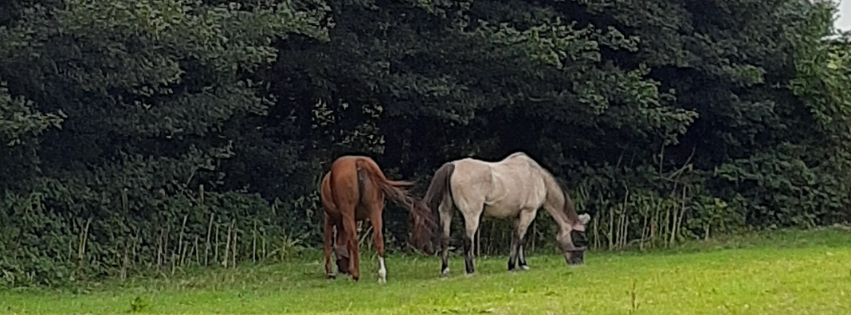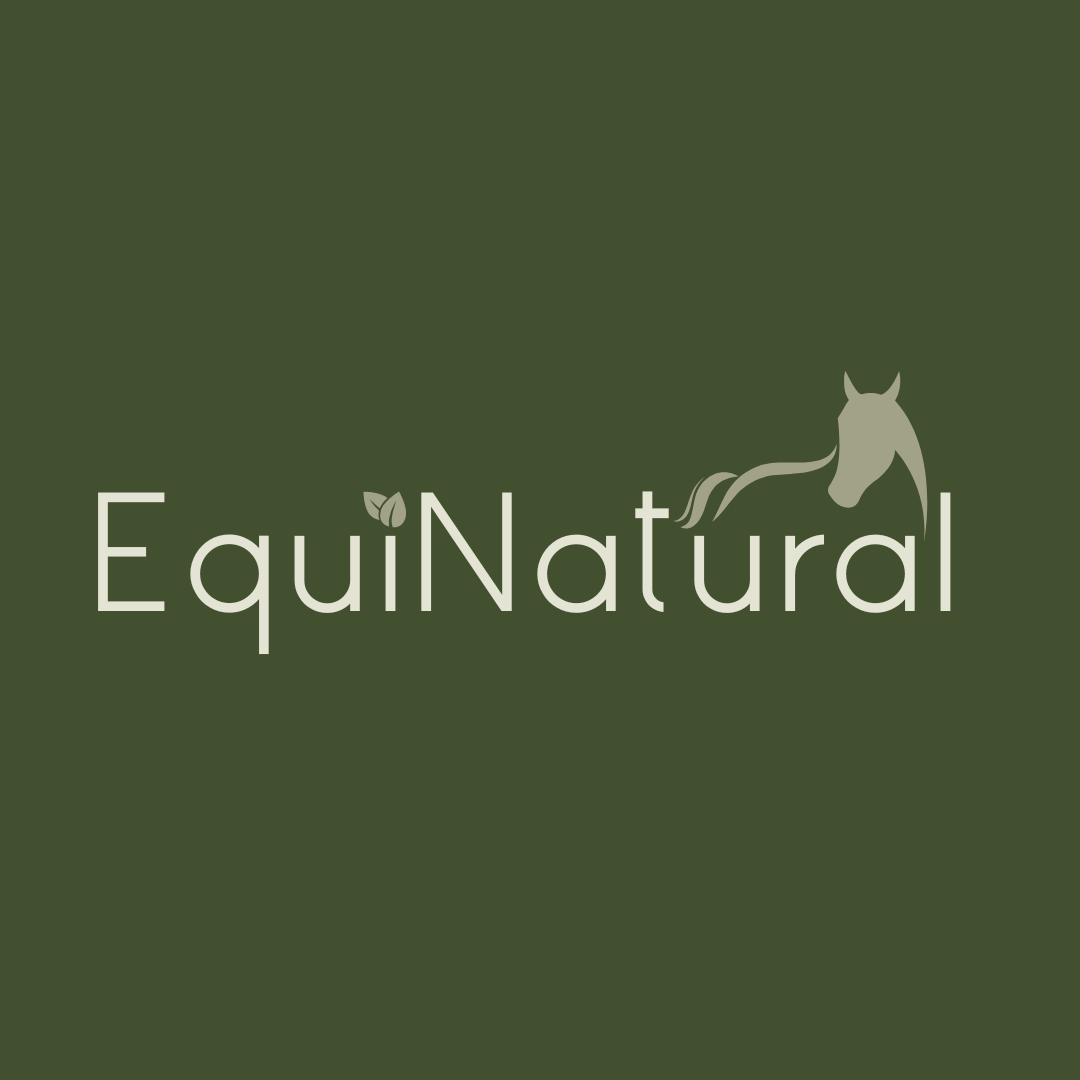Pectins
Zero fibre, and loved by the gut-resident, unfriendly lactic-acid bacteria
Page updated Apr'21
Pectins are a plant's building material, a natural structural carbohydrate, aka 'starch'.
And where do we find a huge concentration of pectins? Our neon-green leafy grass - it's pectins that fuel the growth of the young grass blade to grow into a mature stem and seed head.
Those leaf blades are full of pectins, because the leaf blade is a critical part of the grass's growth phase to grow a mature stem and seed head - spring grass is very rich in pectin because it's literally the new young leaves of new, growing grass. Thing is, those young growing blades have zero cellulose fibre - cellulose fibre is only found in the mature grass stems, i.e. hay or tall, fibrous, standing hay, hence why hay is the best forage we can give our horses. Hence also the main reason why our neon-green grass is not so great for our horses' hindguts.
If a horse is grazing on growing grass, small amounts of pectin will always present in a horse's diet. However, as soon as the grass matures and develops a stem, the pectin content drops significantly. The wild horse diet gives horses have a short phase of super-high pectin feed in the spring, and the rest of the time a cellulose-rich and pectin-poor nutritional basis, because they're naturally moving on to source their food. For the domesticated horse, however, we tend to keep them on short, growing grass blades.
Pectins are primarily consumed by gut microbes that prefer an acidic intestinal environment, i.e. lactic-acid bacteria, and if the diet is overly high in pectins, they produce high levels of acidic waste (lactic-acid). And this is where it all starts to go wrong - an acidic pH value in the large intestine should be avoided at all costs, since the important cellulose-degrading microbes absolutely need a neutral pH environment. If it becomes too acidic, these important intestinal symbionts die off, which in the long term not only means that the horse can no longer utilise its hay properly, but also triggers the risk of laminitis, colic or cryptopyrroluria (KPU).
Worse, whichever microbe colony gets the most food will reproduce faster and dominate, thus determining the intestinal microbe environment. Cue dysbiosis/SIBO, which can lead to leaky gut syndrome.
As long as pectin levels are kept as low as possible and the diet supplemented with hay so plenty of cellulose fibre is going through the hindgut to keep the hindgut fibre-fermenting microbe population healthy, it is usually unproblematic and the horse can easily compensate. Otherwise, you're on a path to hindgut acidosis which will trigger the gut-damaging domino effect.
NB. Carrots/apples also contain pectin! That said, an occoasional carrot here and there shouldn't harm the intestines of a healthy horse. However, if a horse is already suffering from intestinal disorders such as faecal water/diarrhoea, a tendency to colic, flatulence, gas build-up or similar problems, or if it has a known acidic or dysbiotic intestine (sour-smelling faeces), then avoid! Carrots should be taboo for horses with laminitis, as they usually suffer from colon hyperacidity anyway.




